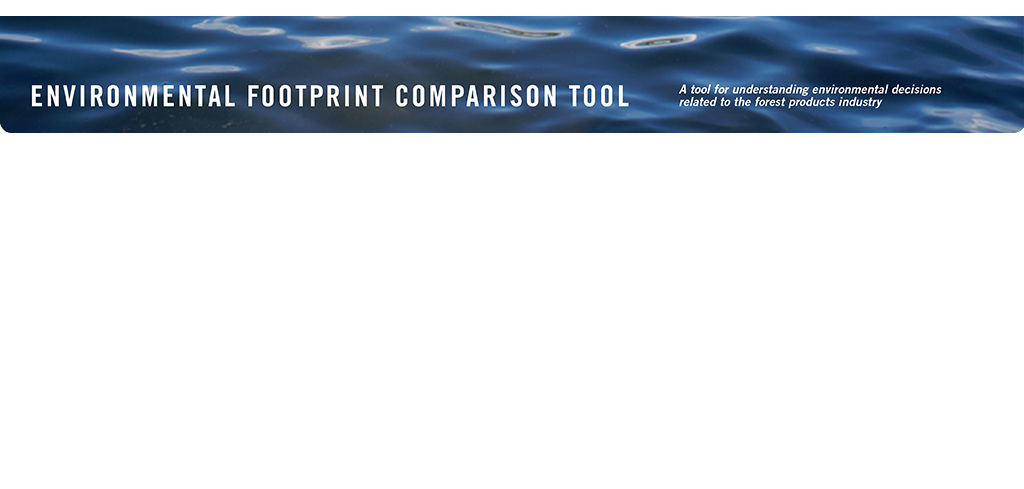
Mills that reduce water use will often find that discharges of biochemical oxygen demand (BOD), chemical
oxygen demand (COD), and total suspended solids (TSS) are also reduced. This is because water reuse
programs often include practices such as liquor loss and spill control, which tend to reduce effluent flows
as well as decrease losses of organic matter and solids. In addition, the performance of wastewater
treatment plants is often improved when wastewater volumes are reduced.
In some cases, however, water reuse programs cause increases wastewater temperatures or
concentrations of some parameters, resulting in reduced wastewater treatment plant performance and
increased discharges of BOD, COD, and TSS. The relationships between effluent flows and wastewater
loads of BOD, COD, and TSS are complex and there are many ways to reduce water use that will not
affect wastewater loads at all. The inverse question is examined in the section Effects of Decreased BOD/COD & TSS on Water Use.
Comparisons across dissimilar sub-sectors of the industry are generally not valid. In other words, facilities
in a sub-sector of the industry characterized by low effluent flows do not necessarily also have low
discharges of BOD, COD, and TSS.
More information on the interactions between reducing effluent flows and the discharge of various parameters to wastewater is available at the links to the right.

More information:
Effective liquor loss reduction and spill control
Limitations on effluent temperatures
- ENERGY
- GREENHOUSE GASES
- CHLORINATED COMPOUNDS
- WOOD USE
- ODOR
- EMISSIONS TO AIR
- DISCHARGE TO WATER
- SOLID WASTE
- Lowgrid12
- Lowgrid14
- Lowgrid15
- Lowgrid18
- Lowgrid19
- Lowgrid23
- Lowgrid24
- Lowgrid25
- Lowgrid26
- Lowgrid28
- Lowgrid28
- Lowgrid28
- Lowgrid29
- Lowgrid29
- Lowgrid29
- Lowgrid32
- Lowgrid33
- Lowgrid35
- Lowgrid35
- Lowgrid36
